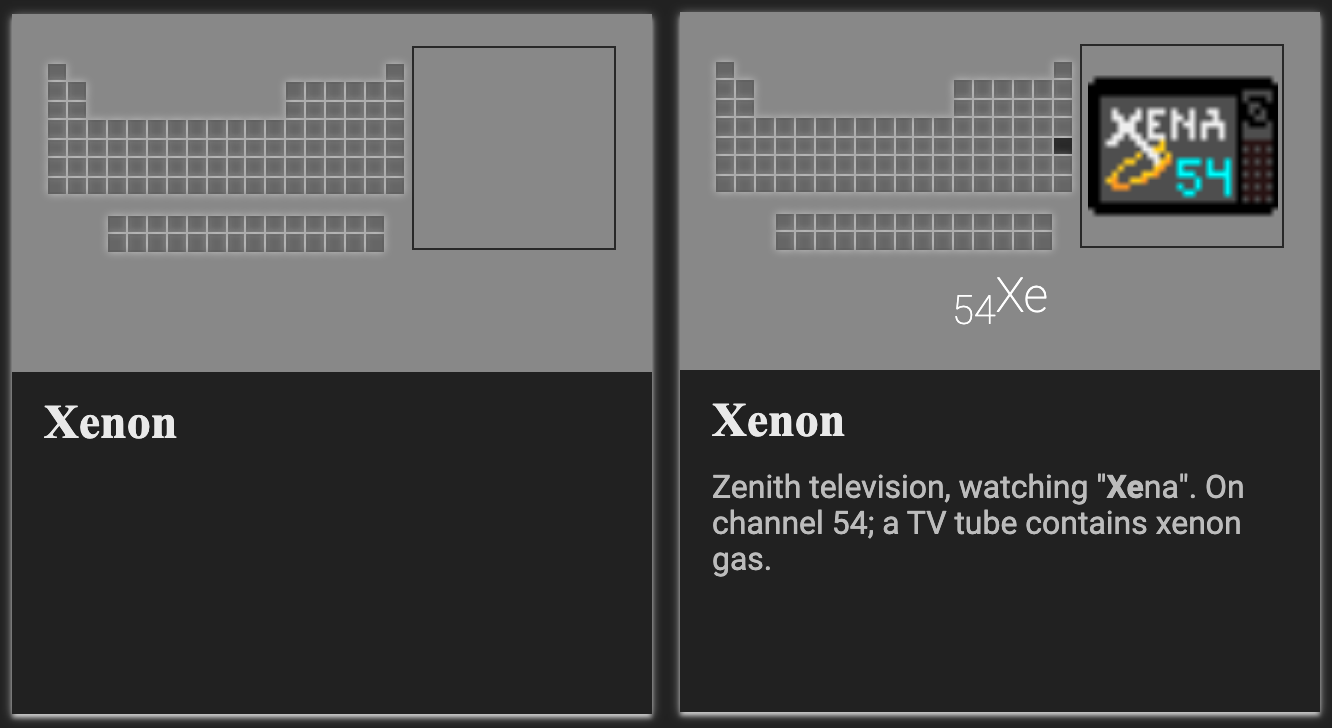When I read an interesting book or article, I always struggle to remember the things I’m learning. For example, I’m currently reading cPython Internals and there a lot of information in this book to process.
There’s a myriad of different approaches to this problem; note-taking, reading twice, summarising and more. But these have never worked. They may help understanding in the short term, but what about in a year, two years? Will I remember what I have learnt then?
One of the applications I use almost every single day is Anki. Anki is a solution to this dilemma which, at its surface, is just a flash card application. But it is so much more than that.
Anki relies on Spaced repetition and Active recall to do all of the heavy lifting. Both of which are backed by scientific research and I won’t try and explain them in too much detail (there are many better places that it’s been done), but I will explain their basic concepts.
Spaced Repetition
Over time, we forget stuff. The rate at which we forget stuff is based on how many times we have reviewed those things in the past. For example, if fact A days 10 days to forget, but we review fact A on day 5, then it will then take 15 days to forget fact A.
This makes sense, if we’re constantly reminded of something, then we are far less likely to forget it. However, the key with Spaced repetition is timing when you review something. Going back to fact A, if we were to review it on day 9, right before we forget it, then you can be more efficient about how much time you spend reminding yourself of stuff. This gives you more time to learn new things!

The Forgetting Curve
Active Recall
Again, better resources for learning about Active recall exist, but put simply it is the idea actively recalling information is better than passively reviewing it.
For example, answering questions from a prompt requires you to actively think about the subject and then recall the correct answer. Reading notes about the same thing just requires you to passively process that same information. The former is a much better way at making information ‘stick’.
How Anki fits in
Anki allows you to create flash cards. Flash cards promote Active recall by providing you with a prompt and you need to recall the information that is on the other side of the card. It then uses a form of the SM2 Algorithm to schedule when you review cards; based on previous performance, when you last reviewed them and the number of times you’ve reviewed that card in the past.

Front and back card example
All in all, I use Anki to create a set of cards for nearly every non-fiction book I read. It can be a challenging process, as you need to understand the subject you are trying to work on really well in order to create understandable cards. However, this works as an indirect benefit as you can’t just gloss over things you don’t fully get.
It’s certainly helped me retain a lot more of what I’ve been learning, so much so that I use it every single day to create and review the cards i’ve created.